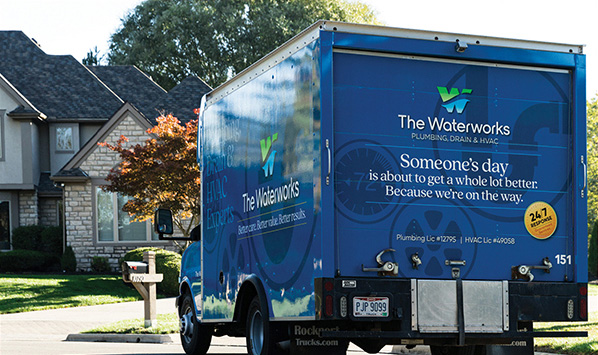
April Showers Inspire Sump Pump Check-Up
The good ole sump pump. As a homeowner in Ohio, you know that this hidden little treasure in your basement may be the first aid kit you need to prevent basement flooding during a heavy spring rain or an unfortunate broken water pipe. Much like a security system or fire alarm, you may never need it, but you do want to make sure that it is operational and fully functional in the event that you do.
As we head into spring, we have compiled a checklist of top things that may prevent your sump pump from working at top capacity:
1) Power failure. March is severe weather month. Ohio has certainly seen its share of heavy rain and damaging wind. Avoid that excess water in your basement by investing in a backup generator. It may save you thousands of dollars in the long term.
2) A jammed or stuck switch. This is the most common mechanical failure for a sump pump. This usually occurs when the sump pump itself shifts inside the basin, causing that little float that operates the switch to become jammed against the side of the pump. This can be easily fixed by doing some cleaning every now and again and repositioning the basin within the sump pump itself.
3) The 10 Year Rule. Just like any system that operates over time, the sump pump needs to be checked for wear and tear and operational capacity. While many systems can extend beyond their years, for efficiency and maximum safety, it is recommended that you replace your sump pump every ten years.
4) Frozen or clogged discharge pipe. Yes, it happens. If your sump pump discharge pipe is frozen or clogged with debris, floodwater will back down the pipe and go all over your basement. Sometimes it is impossible to keep the pipe from freezing, but you can install a specialty discharge line that will allow the water to leave your basement even if the main line is frozen.
5) Regular maintenance. As we noted above, most systems just require a little tender love and care. For your sump pump, it can be as simple as running a little vinegar solution through the lines, making sure your float is not restricted and cleaning all the vents and air holes on the discharge line. It takes a few minutes. Add it to your quarterly house maintenance list.
6) Got the right horsepower? An overwhelmed or underwhelmed sump pump cannot work most effectively. Minimally, you need a 1/3 horsepower sump pump which has the capacity to pump out 35 gallons per minute to adequately handle the flow of incoming floodwater. If your home sits on a lake, rising creek, or other higher water plain, you may want to look at increasing to a ½ horsepower sump pump, which pumps out 66 gallons of water per minute.
If you are not sure about your sump pump system or have questions, take a moment to check with someone at your local home improvement store and/or a professional plumber. It could be the difference between a dry basement or being flooded with bills.
Plumbing emergency? We respond any time!





